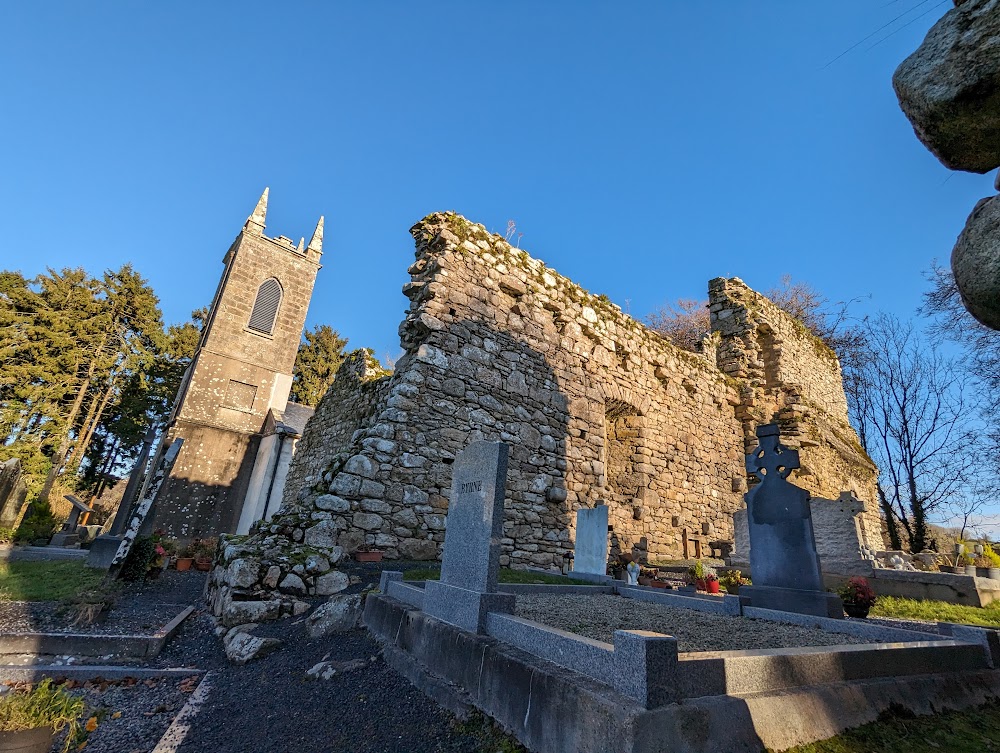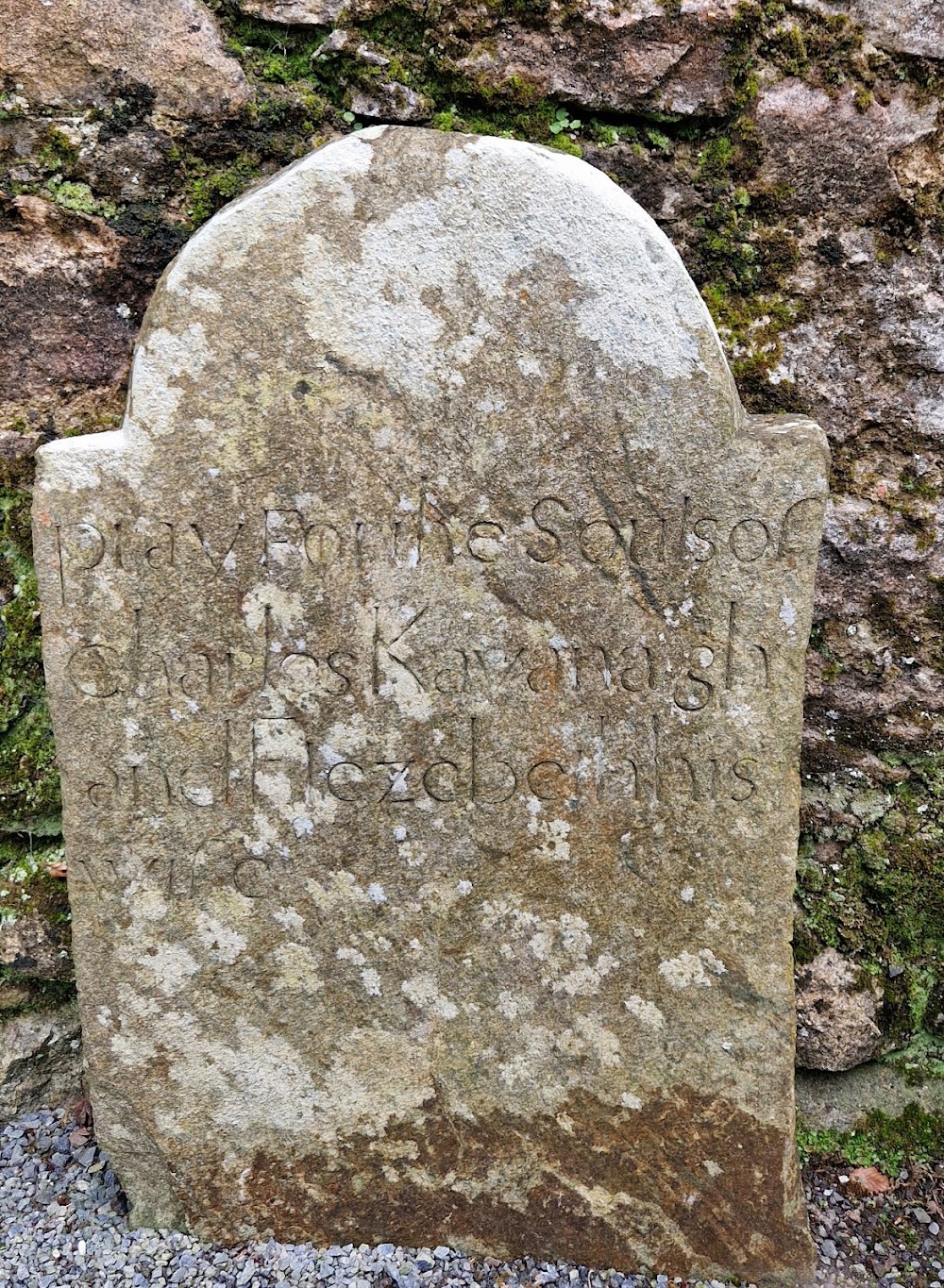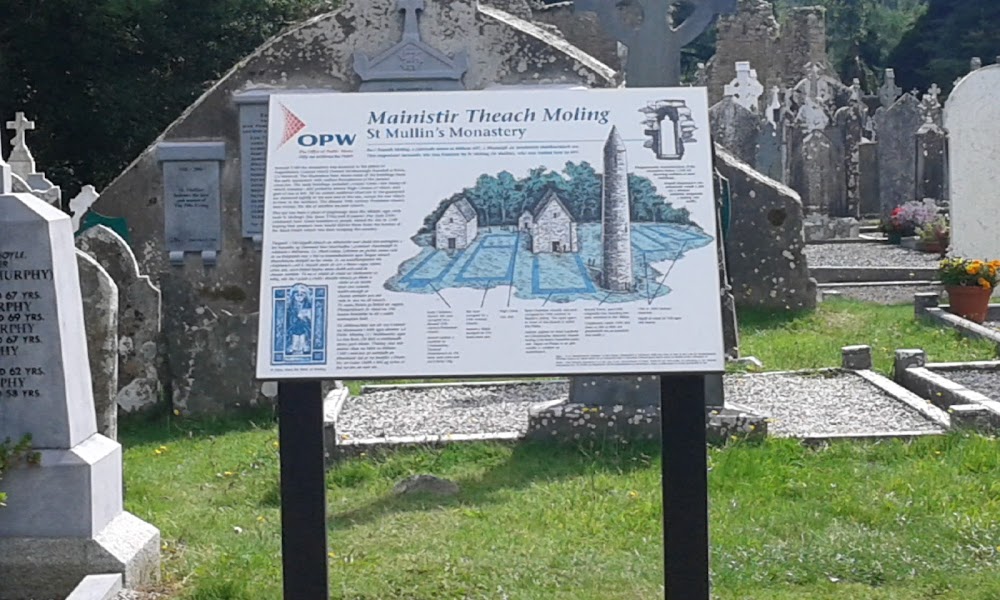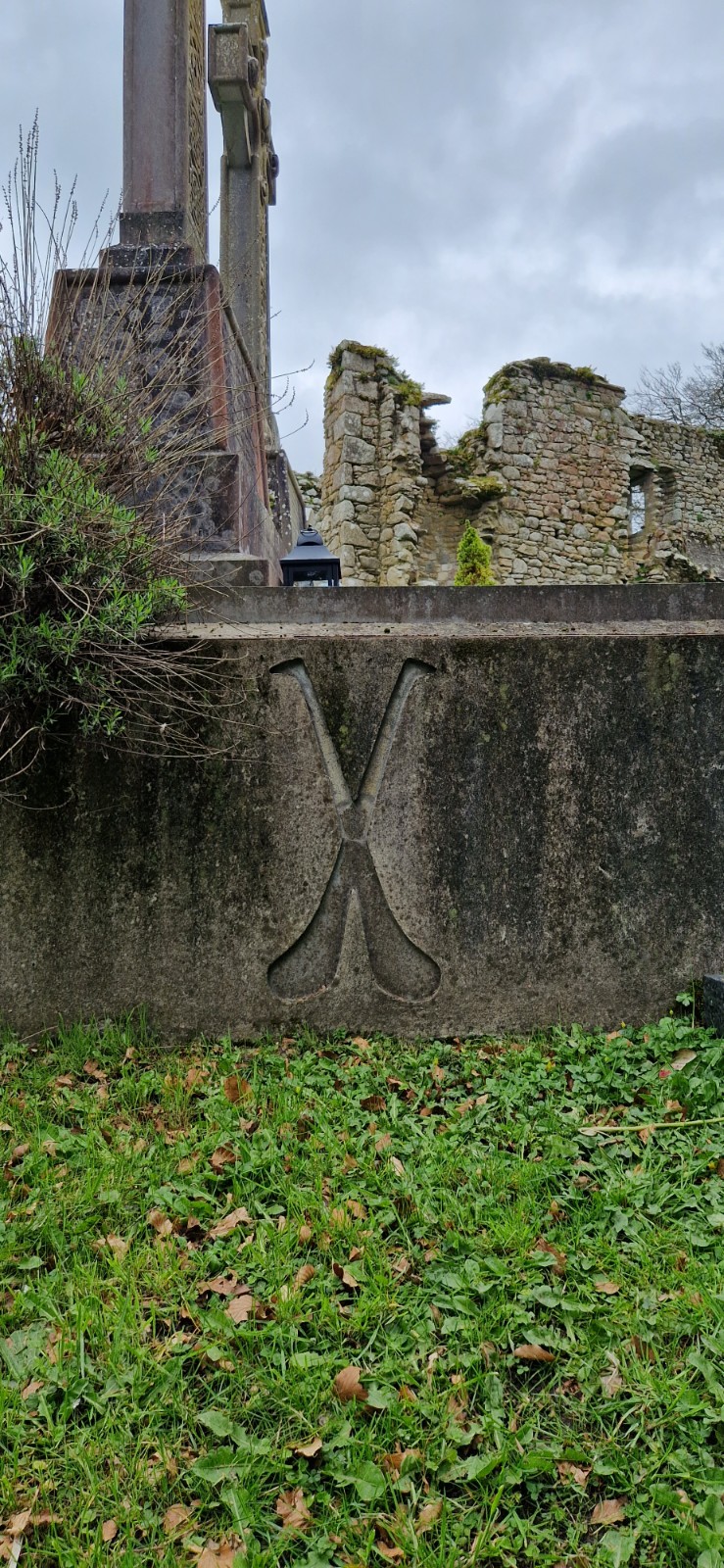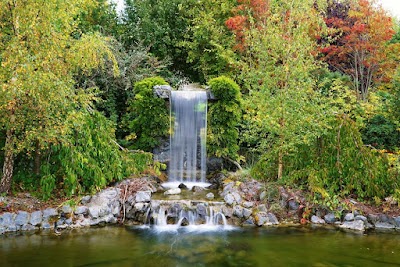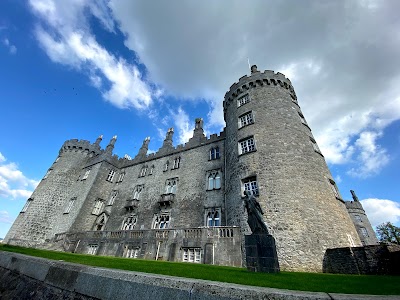St. Mullin's Monastic Site (Láithreán Mainistreach Naomh Maoláin)
Overview
Nestled in the breathtaking Barrow Valley, St. Mullins Ancient Monastery in County Carlow, Ireland, is a hidden gem steeped in history and legend. Named after St. Moling, a revered Irish saint, this sacred site dates back to the 7th century and has served as a pilgrimage destination for centuries.
The story of St. Mullins begins with St. Moling, born in AD 614, who was highly regarded for his spirituality and commitment to education and community service. He chose the idyllic location by the River Barrow to establish his monastery, which quickly transformed into a hub for religious teaching and a sanctuary for weary travelers.
Construction of the monastery began around AD 696, with local craftsmen and monks using simple tools to create the stone structures. They quarried stones from the nearby hills and transported them to the site, often aided by oxen-drawn carts. The buildings, including a church and a round tower, were strategically positioned to capture the gentle light of the morning and evening sun, enhancing the site's serene atmosphere.
A standout feature of St. Mullins Monastic Site is its impressive round tower, which stands as a guardian over the valley. Round towers were common in medieval Irish monasteries, serving multiple purposes, including bell towers, refuge during Viking raids, and storage for valuable manuscripts and relics. The round tower at St. Mullins has withstood the test of time, showcasing the skill and dedication of its builders.
In addition to the round tower, the site boasts the remains of several churches, with the most notable being St. Moling's Church. This church was constructed on the foundations of the very first church established by St. Moling. Over the centuries, St. Moling's Church was expanded and modified, incorporating both Romanesque and Gothic architectural elements that can still be admired in the surviving stonework.
Another significant aspect of the site is St. Moling's Well, a holy spring believed to have been blessed by the saint himself. This well has long been a source of healing and spiritual rejuvenation for pilgrims. Visitors often drew water from the well, drank it, and left tokens as a sign of their visit.
During the Medieval period, St. Mullins Monastery flourished as a center of learning and spirituality. However, like many monastic sites in Ireland, it faced challenges, including Viking invasions in the 9th and 10th centuries. Despite these setbacks, the monks rebuilt and persevered in their devotion under difficult conditions.
By the 12th century, the monastery became part of an ecclesiastical reform movement aimed at aligning Irish monastic practices with broader European standards. Many Irish monasteries were reorganized during this time, yet St. Mullins maintained its religious significance despite these reforms and challenges.
As the Middle Ages progressed, pilgrims flocked to St. Mullins, drawn by tales of St. Moling’s miracles and the healing properties of his well. The monks diligently recorded these stories and preserved many important manuscripts, some of which still exist today, offering a glimpse into the rich spiritual and cultural life of the time.
The monastery's decline began in the later medieval period, exacerbated by the dissolution of monasteries under Henry VIII in the 16th century. Many of its buildings fell into ruin, yet locals continued to revere St. Moling and celebrate his feast day, keeping the spirit of the site alive.
Today, St. Mullins Monastic Site is where history and spirituality intersect. Visitors can wander through the ruins, absorbing the echoes of the past in the tranquil valley. The site holds not only historical significance but also cultural and religious importance, continuing to serve as a place of reflection and peace.
St. Mullins Ancient Monastery stands as a testament to the enduring legacy of St. Moling and the unwavering spirit of the community that built it. Through the ages, its stones have borne witness to countless prayers, hopes, and stories, becoming a cherished part of Ireland’s heritage.


